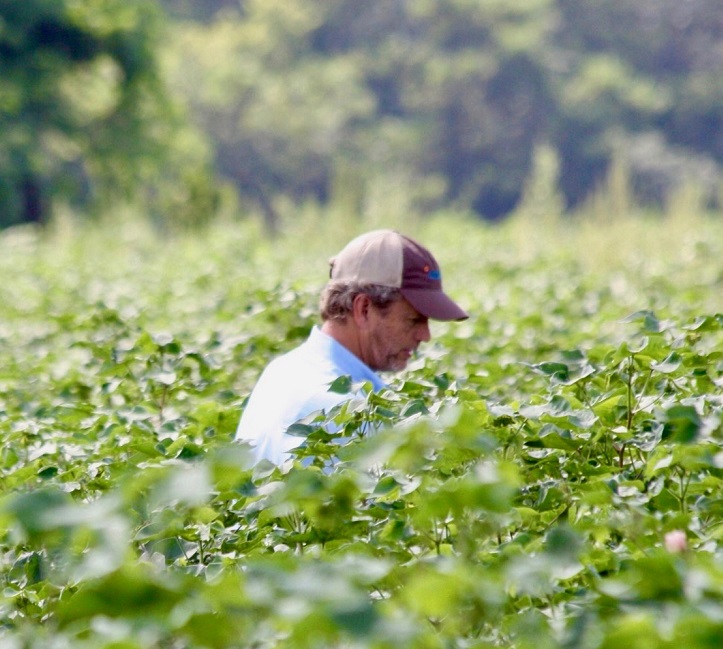Massive Economic Losses from Nature Destruction and Massive Economic Gains from Nature Restoration
A landmark study by the World Wildlife Fund (WWF) titled Global Futures has used cutting-edge modelling to explore the global economic impacts of natural capital depletion, and shows how any chance of resilient economic growth on the planet is tied to the restoration of natural resources.
It warns of potential risks to the world’s future economic prosperity if we don’t act urgently to halt and reverse nature loss. The study uses new economic and environmental modelling to calculate the costs of nature’s decline across 140 countries and all key industry sectors.
Taking six crucial ecosystem services that nature provides (including the supply of water for agriculture; supply of timber; marine fisheries; pollination of crops; protection from flooding, storm surges and erosion; and carbon storage to help protect us from climate change), the report analyses the future costs to world economies of failing to act on the destruction of our environment and biodiversity loss.
This innovative method of analysis was created through a partnership between WWF, the Global Trade Analysis Project (GTAP) and the Natural Capital Project. Global Futures adds significant new weight to warnings that the continued loss of nature under “business as usual” will have severe economic consequences, and that investing in nature is essential for future global economic prosperity.
The work comes at a critical time, marking the start of a landmark year in which a series of global policy decisions will be made that will shape humanity’s development and our relationship with nature for decades to come. WWF hopes that this report, alongside other evidence, will encourage and enable world leaders to take decisive action to restore nature for our future prosperity before it is too late.
The research is timely and poses a stark warning to us all – that unless we reverse nature loss, trillions of dollars will be wiped off the world’s economies, industries will be disrupted and the lives of billions will be affected. From climate change, extreme weather and flooding, to water shortages, soil erosion and species extinctions, evidence shows that our planet is changing faster than at any other time in history. The way we feed, fuel and finance ourselves is destroying the planet’s life-support systems upon which we depend. As we enter a new decade, we are not just in an environmental crisis – we’re heading for an economic crisis too.
The research considers the benefits that nature provides to all nations and industries through “ecosystem services” – such as the pollination of crops, protection of coasts from flooding and erosion, supply of water, timber production, marine fisheries and carbon storage. The model then assesses how the natural assets that provide these services (such as forests, wetlands, coral reefs and fish stocks) would change under various future development scenarios and, in turn, how the consequent changes in ecosystem service supply would affect economic outcomes (including GDP, trade, production and commodity prices).
Over the period between 2011 and 2050, the total cumulative loss would be US$ 9.87 trillion (3% discount rate). Natural assets (or natural capital assets) consist of biological or living natural assets (habitats and species) as well as physical natural assets (such as minerals, water and the atmosphere), which provide services that benefit people. The focus of Global Futures is on biological assets which, if managed sustainably can renew themselves and continue to provide these services (or ecosystem services) in perpetuity, but which are increasingly under threat due to human pressures.
To reverse nature’s decline, and for humanity to enjoy a sustainable and prosperous future, we urgently need transformational change across our economic and financial systems, so they are geared towards delivering long-term sustainable development, and the protection and restoration of nature.
Read the entire article at Revitilization.



